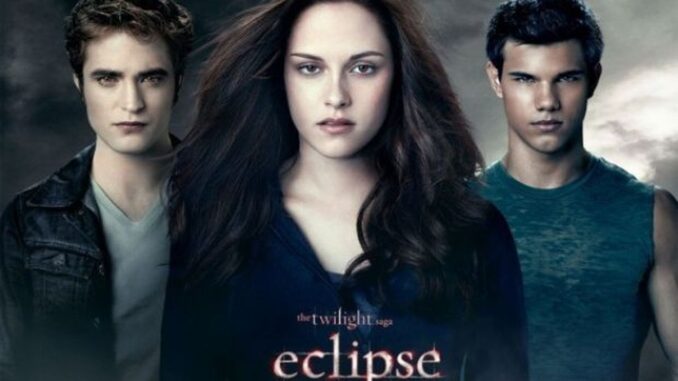
Twilight on the Cutting Room Floor: The Scenes That Almost Vanished Into the Dark
The cultural phenomenon that was the Twilight saga left an undeniable mark on popular culture. From sparking heated debates about Team Edward versus Team Jacob to fueling a resurgence of paranormal romance, the films captured the imaginations of millions. But behind the shimmering vampires and lovelorn werewolves, a complex editing process shaped the final product. Countless scenes were filmed, but only a select few made the final cut. Delving into these twilight scenes that almost vanished offers a fascinating glimpse into the creative decisions, the compromises made, and the potential alternate realities of the film franchise.
One notable scene that faced the chopping block was the elaborate baseball game sequence in the first film. While the scene is now iconic, showcasing the Cullen's superhuman abilities and serving as a visually stunning introduction to their world, it almost didn't make it. Concerns arose about its length and potential disconnect from the film's central love story. Ultimately, it was the scene's ability to reveal the Cullens' unique existence in a dynamic and engaging way that saved it. Without it, the audience might have struggled to grasp the family's extraordinary nature, and a crucial element of their character would have been lost. The baseball scene's survival underscores the importance of visually compelling exposition in adapting a beloved book to the screen.
Another scene that danced precariously on the edge of deletion was a more intimate moment between Bella and Edward. In the books, their relationship is built on a constant tension between desire and danger. Some deleted scenes explored this dynamic more explicitly, showcasing Edward's internal struggle against his thirst for Bella's blood. These scenes were often deemed too graphic or unsettling for the target audience, particularly younger viewers. While they might have added a layer of complexity and darkness to Edward's character, the decision to omit them demonstrates the delicate balancing act required in adapting a popular young adult novel. The filmmakers had to consider the expectations of their audience and the overall tone they wanted to establish.
Beyond specific scenes, entire subplots were considered for removal. One example is the deeper exploration of Bella's relationship with her mother, Renée. While Renée is present in the first film, her role is relatively minor. Some deleted scenes delved into their complex relationship, revealing Renée's free-spirited nature and the challenges she faced raising Bella. While these scenes might have added depth to Bella's backstory and explained some of her independent nature, they ultimately were deemed expendable in service of the central romance. This decision highlights the challenges of adapting a novel with multiple layers of character development into a concise film format. Sacrifices must be made, and secondary characters often bear the brunt of these cuts.
The absence of these twilight scenes prompts us to consider what could have been. Would a darker, more explicitly dangerous Edward have been more compelling? Would a deeper understanding of Bella's family life have enriched her character arc? While these questions are ultimately speculative, they shed light on the inherent subjectivity of filmmaking. Each decision, from selecting which scenes to include to determining the overall tone, is shaped by the director's vision, the studio's expectations, and the audience's anticipated response.
Ultimately, the scenes that almost didn't make the final cut offer a fascinating peek behind the curtain of filmmaking. They remind us that the final product is not necessarily the only version of the story. These deleted moments, these potential alternate realities, serve as a testament to the creative process, the compromises made, and the constant negotiation between vision and execution that shapes the films we love (or love to critique). They remain, like distant stars, faintly glimmering in the twilight of what might have been, reminding us that even in the world of vampires and werewolves, the editing room is a battleground where the fate of a scene, and perhaps even a film, hangs in the balance.
